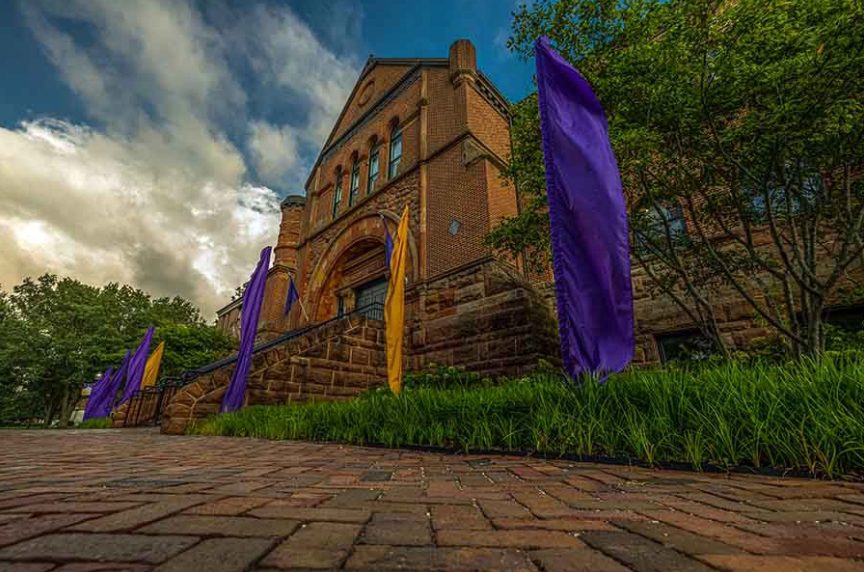By Thomas Best
Do you ever plan a vacation trip and find yourself veering off course to visit a site you hadn’t plan to see? This situation happens to me a great deal. On my latest trip east, my wife and I found ourselves stopping in Fremont, Ohio, the site of the presidential museum and home of Rutherford B. Hayes.
Admittedly, I do not know as much about Hayes as other presidents. I knew he was an officer from Ohio during the Civil War who became president after the contentious election of 1876, but little more. After venturing through his expansive library and museum and home, I can easily state that I am now much better informed and impressed; especially, regarding the history of his home.
Considered a happy family man, who had served both the Union cause admirably in the Civil and his state of Ohio in politics in the years that followed, Hayes was a popular politician with few enemies. Therefore, he was regarded as a safe Republican choice to unite his fractured party in the year of our nation’s centennial. His opponent was Democrat Samuel Tilden of New York, who like Hayes was considered an effective governor. When the votes were cast in November, Tilden had received about 250,000 more popular votes. However, he had but 184 electoral votes—one short of the 185 votes needed to win with disputed votes in the states of Florida, Louisiana, and South Carolina yet to be resolved. When Republican leaders dug deeper into the votes of the former Confederate states, they found many irregularities in the voting. Specifically, many black voters (now mostly Republicans) had been harassed and blocked from voting. In fact, on some ballots, Hayes’ name did not even appear. For the next three months, political wrangling kept the nation wondering as to who the next president would be. An Election Commission investigated and, eventually, Hayes was ruled the winner by the narrowest of margins 185-184. While compromises were made to placate an increasingly anxious South over military reconstruction, Hayes was still branded “His Fraudulency” by many Democrats.
His presidency from 1877 to 1881 was marked by fights over silver versus gold backed currency, railroad strikes, and Indian affairs. Yet, it was also during his term that women were allowed to argue cases before the Supreme Court for the first time, issues of government corruption were better addressed, and Hayes traveled the country more than any president before him. Choosing not to run for re-election, he left office after one term.
But it was his home which really attracted the attention of my wife and I as to the history of Hayes and his family. An impressive 31-room Victorian mansion in an area known as Speigel Grove, this home expanded over time to afford space for various live-in family members, his 12,000 book library, and added dining and entertaining space. Over the years his children, grandchildren, and later generations called this site home. It was fascinating to travel from one part of the house to another in what seemed like a time machine from the eras of the late 1800s to the 1960s. The stories of famous visitors and his precocious family was well-worth the time we spent in Fremont. The grounds and the site of his burial are tranquil and very much open to the public as part of a park. I would encourage you to visit.
Thank you for listening.













